Introduce multiplication and division fact families to your students with this teaching slide deck.
🌱 Multiplication and Division Fact Families ✖️➗
Learning about multiplication and division fact families can be a fun and exciting time for learners! Discovering the relationships between parts of a fact family is fundamental to learning about numbers and operations.
This instructional slide deck will make a great addition to your Maths lessons when learning about fact families. The presentation includes opportunities for your students to demonstrate their understanding of the content with built-in checks for understanding questions.
With this slide deck, your students will learn:
- a definition of fact families
- examples of fact families
- factors and products
- dividends, divisors, and quotients.
Through this activity, students will learn to identify the parts of a multiplication and division operation and how they relate to one another.
Tips for Differentiation + Scaffolding
A team of dedicated, experienced educators created this resource to support your maths lessons.
In addition to individual student work time, use this instructional slide deck on fact families to enhance learning through guided math groups, whole-class lessons, or remote learning assignments.
If you have a mixture of above and below-level learners, check out these suggestions for keeping students on track with the concepts:
🆘 Support Struggling Students
Help students who need support by breaking the teaching presentation into smaller portions. For example, use the material to teach multiplication fact families first and allow students to talk, process, and record their learning. When your students are ready, use the material to cover division fact families while comparing the two types of operations.
➕ Challenge Fast Finishers
For students who may need a bit of a challenge, encourage them to practice their knowledge of fact families by creating some visual representations of two-digit number multiplication and division fact families in their books!
Easily Prepare This Resource for Your Students
Use the Download button to access the editable Google Slides or PowerPoint version of this resource.
Don’t stop there! We’ve got more activities and resources that cut down on lesson planning time:
[resource:4977202] [resource:4977230] [resource:4980059]
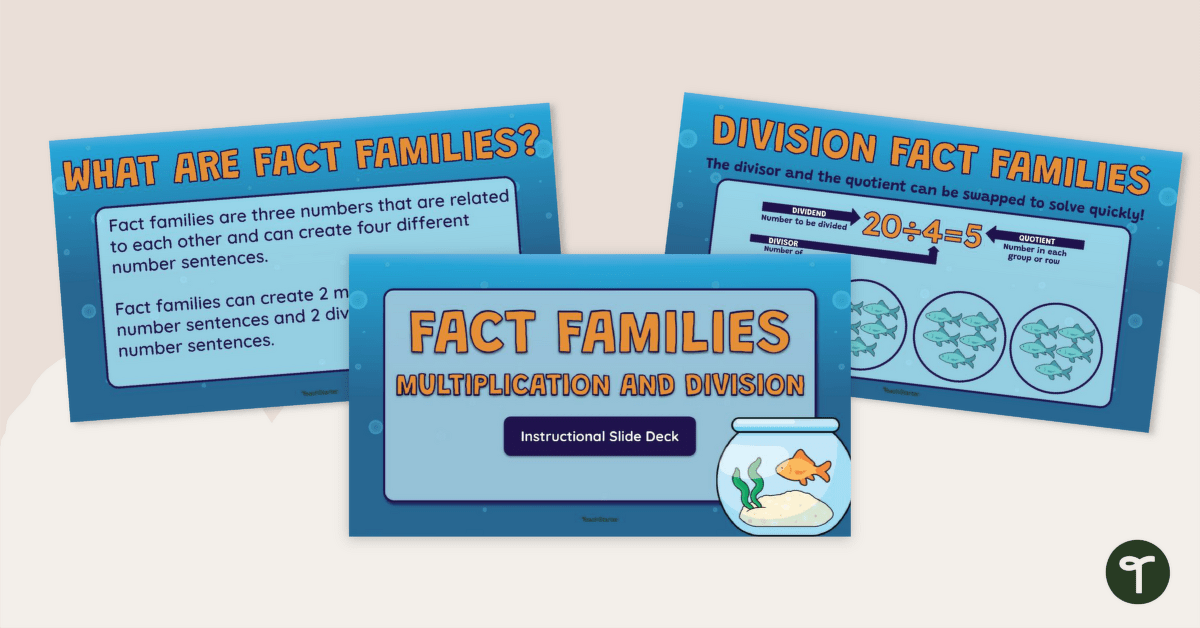



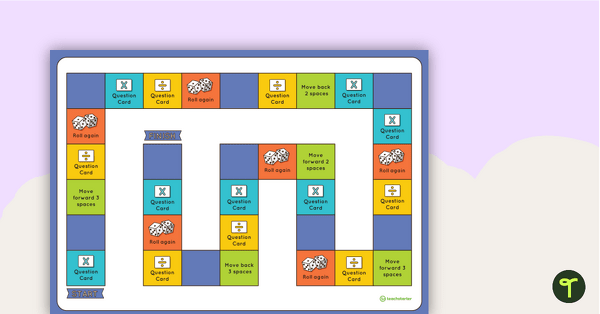
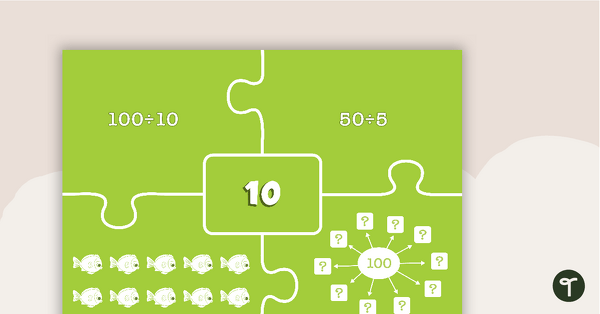
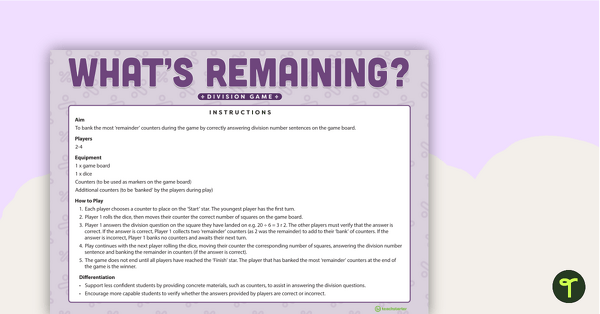
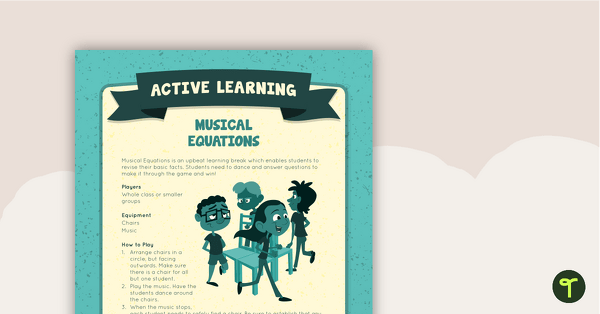
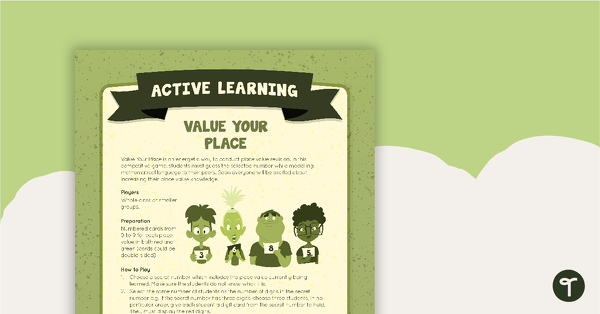

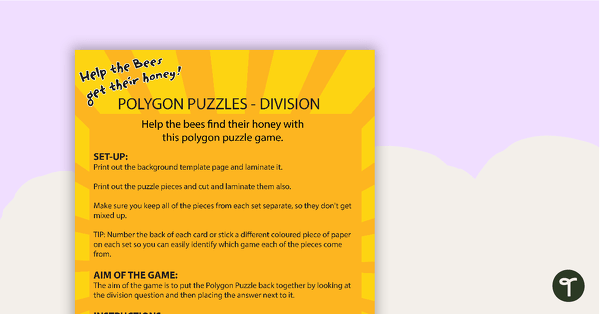

0 Comments
Write a review to help other teachers and parents like yourself. If you'd like to request a change to this resource, or report an error, select the corresponding tab above.